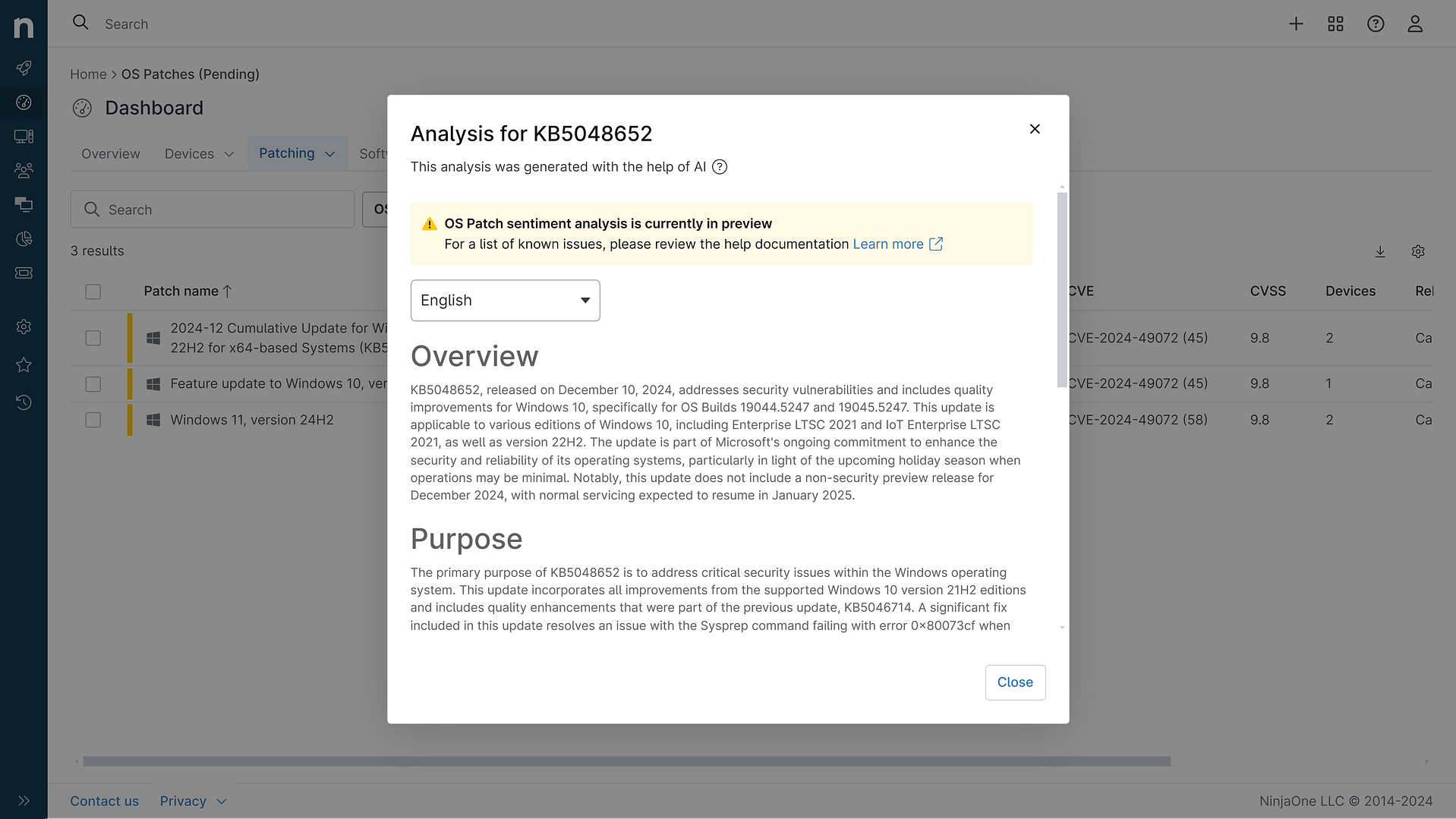KB5062553: Overview with user sentiment and feedback
Last Updated August 6, 2025
Probability of successful installation and continued operation of the machine
Overview
KB5062553 is a security update for Windows 11 version 24H2, released on July 8, 2025. This update addresses several security vulnerabilities in the Windows operating system and includes fixes for issues that were present in the previous June 2025 non-security update (KB5060829). The update also includes servicing stack improvements through KB5063666 (version 26100.4651) to ensure robust and reliable update installation processes.
As with most security updates, KB5062553 is designed to download and install automatically through Windows Update. However, multiple users have reported installation failures with various error codes, including 0x8007371b, 0x800f0991, 0x80073712, and 0x80071a2d. According to Windows Latest, some users are experiencing issues where the update gets stuck during installation or begins rolling back changes after attempted installation. Microsoft has acknowledged some of these issues, with reports suggesting that the company has officially tagged certain problems as bugs with fixes in development.
General Purpose
The primary purpose of KB5062553 is to address security vulnerabilities in Windows 11 version 24H2. It incorporates all the improvements from the June 2025 non-security update (KB5060829) while adding critical security patches. The update fixes a graphics issue where game content could become out of sync with cursor position after using ALT+Tab to switch between applications when the game resolution doesn't match desktop resolution. It also resolves a multimedia issue where notification sounds weren't playing for on-screen alerts, volume adjustments, and sign-in events.
Additionally, the update includes enhancements to AI components for Windows Copilot+ PCs, updating Image Search to version 1.2506.707.0, Content Extraction to version 1.2506.711.0, and Semantic Analysis to version 1.2506.707.0. The update also delivers servicing stack improvements through KB5063666, which is essential for ensuring that future updates can be installed properly. This combined approach of security patches and quality improvements aims to maintain system integrity while addressing known functional issues from previous updates.
General Sentiment
The general sentiment toward KB5062553 appears mixed, with significant concerns about installation issues. According to Windows Latest, many users are experiencing installation failures with various error codes, and some report that the update gets stuck at specific percentages (like 57% or 95%) before failing. There are also reports of the update attempting to roll back changes after installation attempts.
Microsoft support has reportedly acknowledged these issues, with one user sharing that Microsoft has officially tagged this as a bug with a fix currently in development. This suggests that while the update contains important security patches and fixes, its deployment has been problematic for a subset of users. Some users have attempted workarounds like disabling antivirus software or using manual installation methods with limited success.
There are also reports of a Windows Firewall issue where false errors appear in the Event Viewer after installation. According to Windows Latest, Microsoft acknowledged this issue in the previous June update but KB5062553 appears to have extended this problem to more PCs rather than resolving it. While security updates are typically considered essential, the installation difficulties and potential side effects have created hesitation among some users about applying this particular update.
Known Issues
- A small subset of Generation 2 Azure Virtual Machines (VMs) with Trusted Launch disabled and Virtualization-Based Security (VBS) enforced via registry key might be unable to boot after installing this update Issues when using the Microsoft Changjie IME (input method editor) for Traditional Chinese, including: Inability to form or select words after typing the full composition Spacebar or blank key not responding Incorrect or distorted word outputs The conversion candidate window fails to display properly Windows Event Viewer may display false Windows Firewall errors (Event 2042 for Windows Firewall with Advanced Security, titled "Config Read Failed") Multiple installation failure errors reported, including 0x8007371b, 0x800f0991, 0x80073712, 0x80071a2d, and 0x800f0983 Some users report the update getting stuck at specific percentages (57% or 95%) during installation* Isolated reports of GUI freezing during installation except for mouse cursor movement
Disclaimer: We take measures to ensure that AI-generated content is of the highest possible quality, but we cannot guarantee its accuracy and recommend that users do their own independent research. Generated on 2025-08-06 02:23 AM
